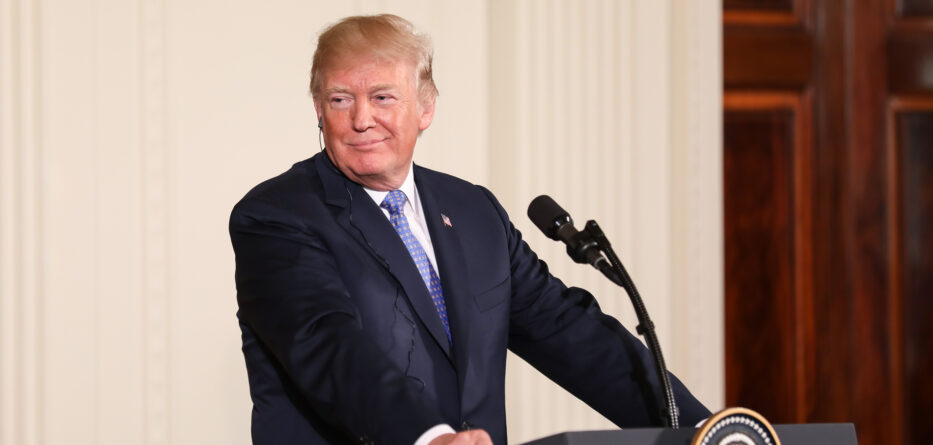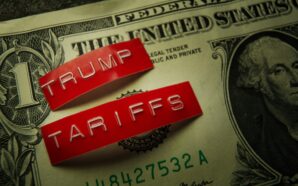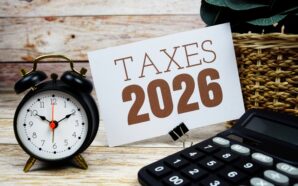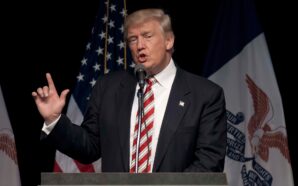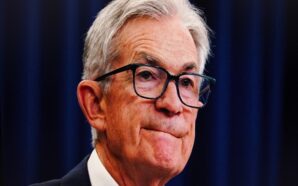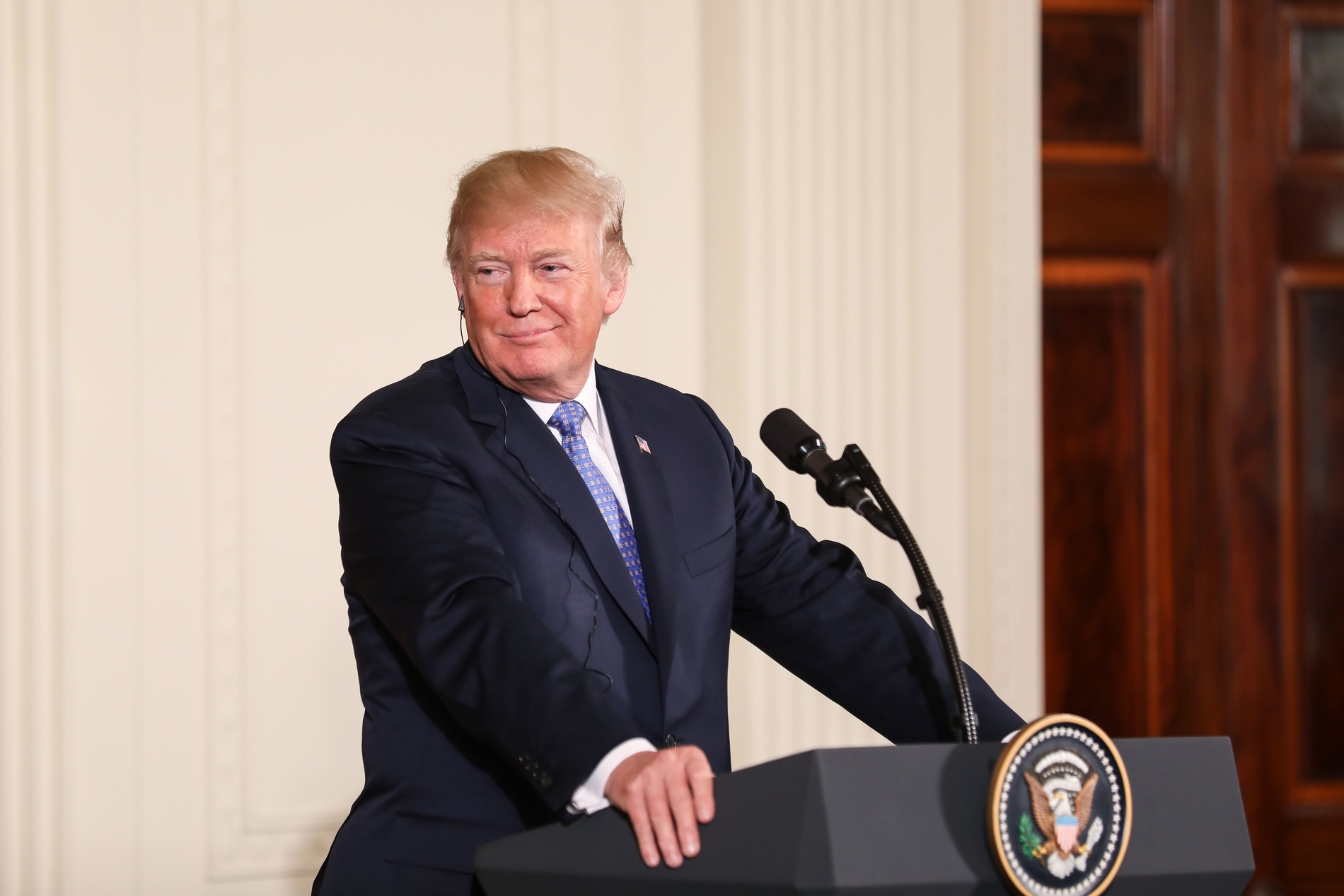
Trade deficits, national debt, and the numbers that don’t add up
President Donald Trump recently caused a stir when he claimed that “anywhere from $3 billion to $5 billion a day” was being lost to trade before he took office, and that this was the reason the U.S. ended up with $36 trillion in debt. Speaking to the press after signing a batch of executive orders, Trump presented the figures as if they were undeniable truth. “Remember this number… that’s what we were losing. And hence we have $36 trillion in debt,” he said.
National Debt Reality Check
The U.S. national debt currently exceeds $37 trillion, a figure built over decades through a combination of federal spending, tax cuts, and economic downturns. Economists say trade deficits are not the culprit. A trade deficit occurs when imports exceed exports, and while the U.S. goods deficit reached $1.2 trillion in 2024, this does not directly cause national debt. Foreign investors often reinvest dollars from U.S. imports into Treasury bonds, helping fund government borrowing rather than creating debt.
The Flawed Logic
Experts argue that Trump’s claim misrepresents basic economics. Suggesting that losing $3 billion to $5 billion per day in trade somehow directly created $36 trillion in debt ignores how national finances actually work. Fact-checkers have repeatedly debunked similar claims, noting that trade deficits are one piece of a very complex fiscal picture. The Washington Post labeled his math “nonsense,” highlighting the gap between his statements and reality.
Political Spin or Self-Deception?
Trump’s remarks are controversial not only for their inaccuracy but for what they reveal about his approach to economic messaging. By blaming “unfair trade,” he redirects attention from government spending and tax policies, framing the debt as an external problem caused by other countries. Critics call this a convenient excuse that oversimplifies decades of fiscal mismanagement. Supporters, however, cheer his tough-trade rhetoric as proof that he’s defending American interests.
The Bigger Picture
This episode exposes the challenges of discussing U.S. economics in a politically charged environment. Complex issues like debt and trade are reduced to catchy numbers that sound alarming but do not reflect reality. While Trump’s claim may energize his base, it raises questions about public understanding of economic policy and the use of misleading statistics to shape opinions.
Bottom Line
Blaming $36 trillion in debt on daily trade losses is a bold statement that experts call misleading. The real drivers of national debt are long-term spending patterns, tax policies, and economic cycles. Trump’s comments, controversial as always, highlight the tension between political messaging and economic reality, leaving the public to sift through fact and spin.
Attorney General Bondi Walks Back Hate Speech Comments
-
Credit: Shutterstock When President Donald Trump unexpectedly announced plans for what he called a “$2,000 dividend” for the majority...
-
Credit: Shutterstock In a dramatic twist that’s sent shockwaves through both sides of the Atlantic, U.S. President Donald Trump...
-
Credit: Shutterstock The countdown is on for one of the most closely watched shareholder votes in corporate history. As...
-
Credit: Shutterstock President Donald J. Trump sparked fresh political fireworks during a wide-ranging interview on CBS’ 60 Minutes, revealing...
-
Credit: Shutterstock Imagine not having to hunt for groceries after a long day or remember when your phone bill...
-
Credit: Shutterstock While government offices sit quiet amid the ongoing federal shutdown, the White House grounds are anything but...
-
Credit: Shutterstock Good News for Taxpayers Good news might be on the horizon for taxpayers — especially those with...
-
Credit: Shutterstock Everything You Need to Know President Donald Trump accused Senate Democrats of “holding the federal government hostage”...
-
Credit: Shutterstock Ruling marks key step in ongoing legal fight over federal authority and state control The Ninth Circuit...
-
Credit: Shutterstock The White House grounds haven’t seen a sight like this in decades — cranes, bulldozers, and construction...
-
Credit: Shutterstock Peaceful rallies across all 50 states mark one of the largest single-day protest movements in U.S. history...
-
Credit: Shutterstock The end of quantitative tightening may not be the market boost it appears to be Federal Reserve...

